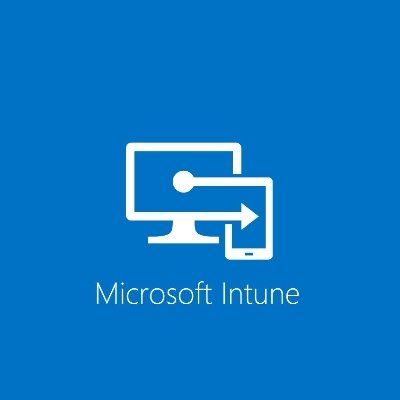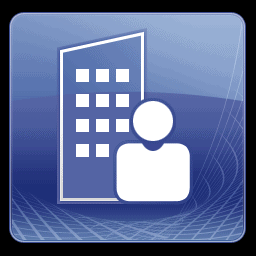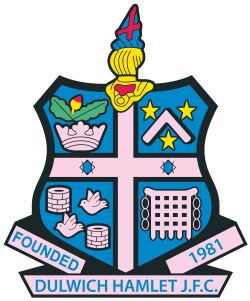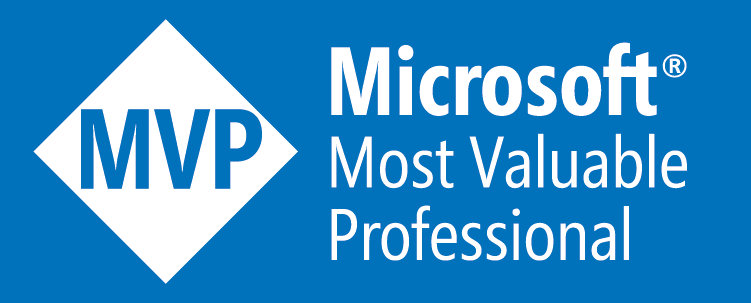Physical Machine Image Snapshot Solution
Part 1 - The Concept
How I came up with it
I had been around various projects for desktop deployments and migrations, as
well as machine rebuilds and recoveries etc.
Quite a common practice I used to see when a machines gold build either
suffered major technical issues which would take either too long to resolve or
troubleshoot would be rebuilt. Technologies normally used for this would be
either SCCM task sequence image deployment or MDT Task Sequence image
deployment.
Though it resolves the issue fully it can be a very time consuming task
depending on the size of your gold/hybrid image and the complexity of your task
sequence configured.
So I had analysed the amount of time it took to rebuild a machine (approx. 2
hours) and decided to do some testing and had developed a strategy which I had
named a "Physical Machine Snapshot". The idea is that the machine can
revert back to a previous state after a triggered reboot which would be stored
on the physical disk.
How Does it Work
Essentially it sounds like the same as a system restore point however with what
I had created you can manage the snapshot points from system centre (SCCM
mainly) and another part to it is that if you have a new image version you can
update the desktop with the newest version and maintain the same data.
I had worked on this and managed to get it working back in 2014 but as I moved
around several projects it didn't get to see the light of day so I decided to
revive it.
The idea was to have a gold image solution similar to how Citrix did through
XenDesktop. And the way I configured the upgrading or applying the new image
version is quite similar to the Azure swapping templates functionality.
I dived a lot into the real functionalities of deployment tools SCCM and MDT.
With utilising ZTI and complex task sequence designs I saw that MDT applies
images with imagex whilst SCCM uses DISM. They are pretty much the same but
imagex has more complex switches which enables MDT to provide certain enhanced
features for SCCM when integrated together.
MDT 2013/2014 had brought in some new task sequence options which allowed you
to use VHD images on the machines you build, and SCCM also introduced a VHD
task sequence option to deploy a task sequence directly to a VHD disk which can
be used on a new VM and used this concept to build the overall solution.
Benefits of the Solution
So in terms of statistics I broke down it would take approximately 2-3 hours to build a machine or to even rebuild a machine depending on the complexity of the build, whilst the “Physical Machine Snapshot” solution I had cuts this time down to 75% less (Between 45 Minutes to 60 minutes or less.
Part 2 will show a more technical breakdown of how the overall solution works as well as illustrated design diagrams








